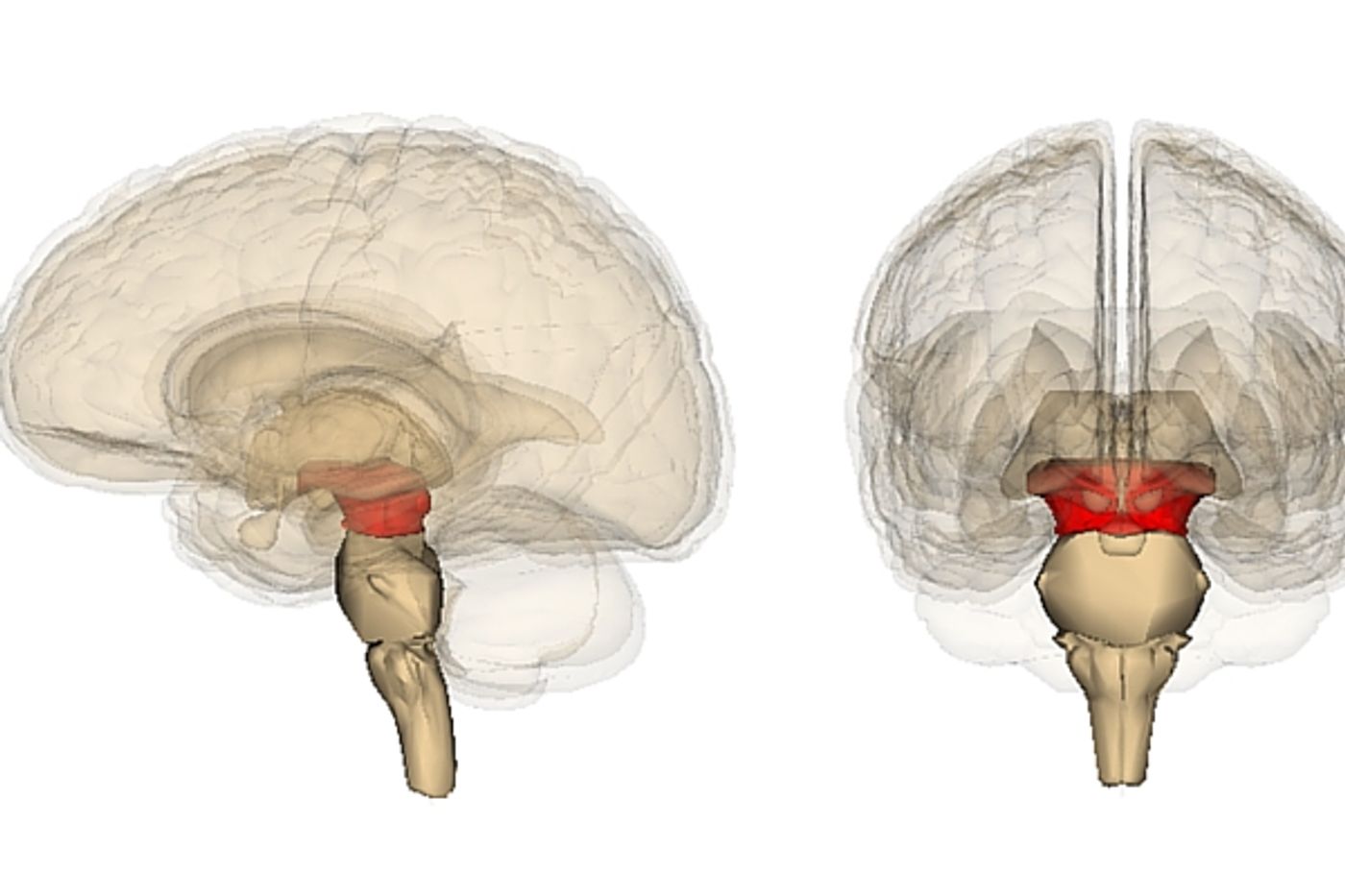When brain tissue is damaged by injury or disease, it’s irreplaceable. Unlike organ transplants or bone and skin grafts, the brain cannot be repaired by sticking on a few new cells. However, in a stunning new research study in Singapore, scientists have made advances in lab created mini versions of mid-brain tissue. Having these small bits of brain tissue will be a huge help for researchers who study Parkinson’s disease, Alzheimer’s and other forms of dementia.
What the lab in Singapore has managed to create are actually three dimensional miniature versions of certain parts of the human brain. In their study, the results are significant because the tissues grown there have both black pigment neuromelanin and functionally active dopaminergic neurons.
The human midbrain is the part of the brain that controls some major functions. Auditory processing, eye movements, vision and muscle movement are the main ones that the mid-brain regulates. Dopaminergic neurons are those that produce dopamine, a substance which is crucial for executive function including motivation, reward and impulse control. Dopamine needs to be balanced because when levels are high, impulsive control suffers and motor activity is increased. Dopamine levels that are too low lead to slower reaction times. In disorders like Parkinson’s disease (PD) dopamine bottoms out and results in the muscle stiffness and difficulty moving that is the hallmark of the disease.
Another factor in PD is neuromelanin. In patients with the disease, the tremors they experience are related to cell death in the mid-brain. It’s believed that these cells die from oxidative stress and that neuromelanin has a protective effect against cell death. Parkinson’s patients show a reduction in neuromelanin, so being able to grow tissue that includes it means that research into treatments can take a whole new direction. Given that there are anywhere from seven to 10 million people worldwide who are currently suffering from PD, and the likelihood of that number increasing in coming years, the ability for researchers to use this kind of tissue is groundbreaking. Up until now, any studies on neurodegenerative diseases had to be done using algorithms and simulations or on lab animals. The translation of these studies into human trials has not always been successful. Having actual pieces of brain tissue that are part of the disease process of PD, grown from stem cells, and containing these two key elements will allow researchers a much better foundation for their work.
The project was a collaboration of international organizations and scientists, all of whom are leaders in the field of Parkinson’s research. Prof Ng Huck Hui from A*STAR's Genome Institute of Singapore (GIS) and Assistant Prof Shawn Je from Duke-NUS Medical School were the co-leaders of the project and were assisted by other collaborators from Singapore’s National Neuroscience Institute, the Lieber Institute for Brain Development, the Johns Hopkins University School of Medicine and Nanyang Technological University. It was funded by the Singapore National Medical Research Council's Translational Clinical Research (TCR) Programme In Parkinson's disease (PD) and A*STAR. In a press release, Shawn Je said, “It is remarkable that our midbrain organoids mimic human midbrain development. The cells divide, cluster together in layers, and become electrically and chemically active in three-dimensional environment like our brain. Now we can really test how these mini brains react to existing or newly developed drugs before treating patients, which will be a game changer for drug development.” The video below has more information on the project.
Sources:
A*Star, Duke-NUS Medical School, National Neuroscience Institute
The Straits Times









